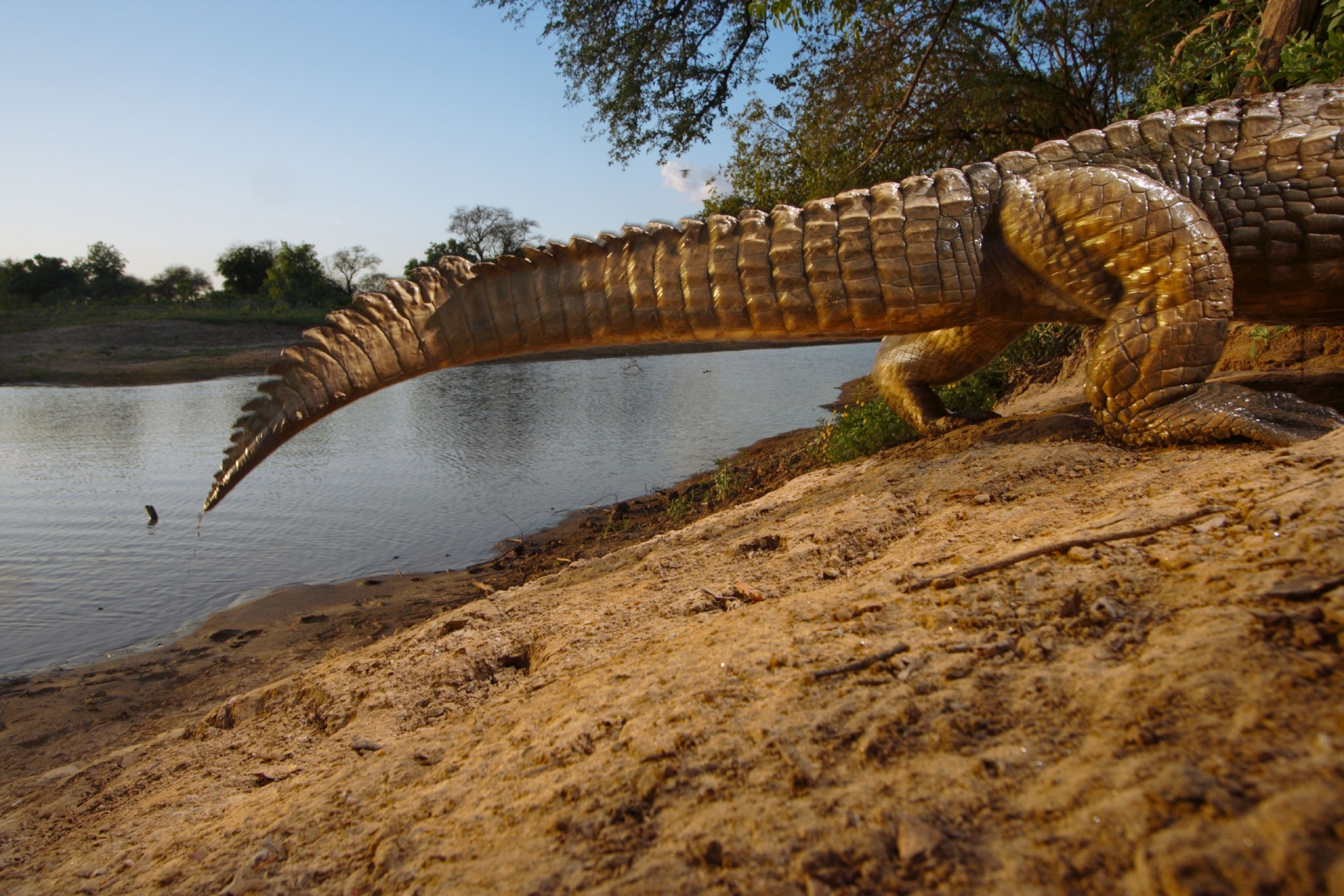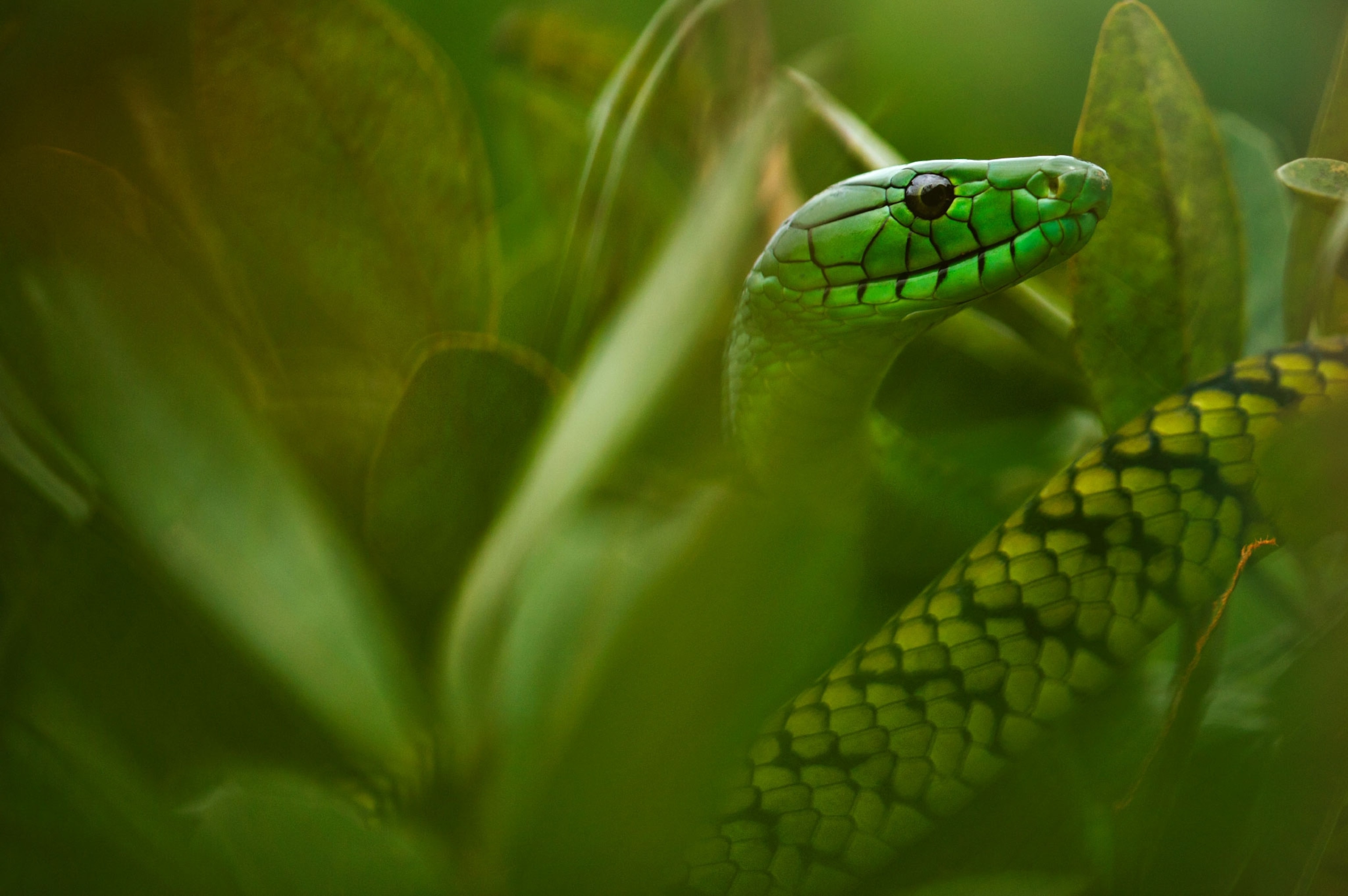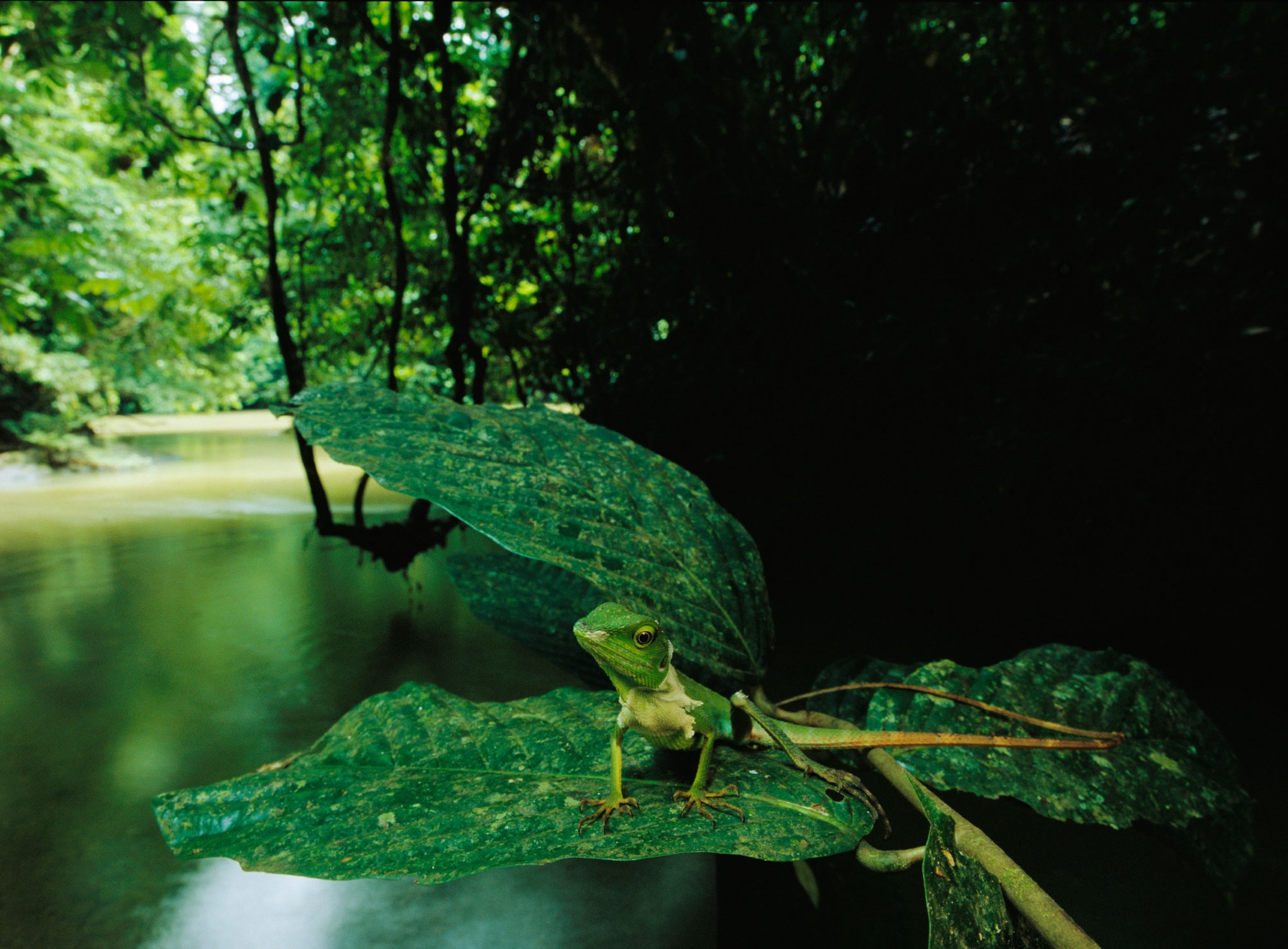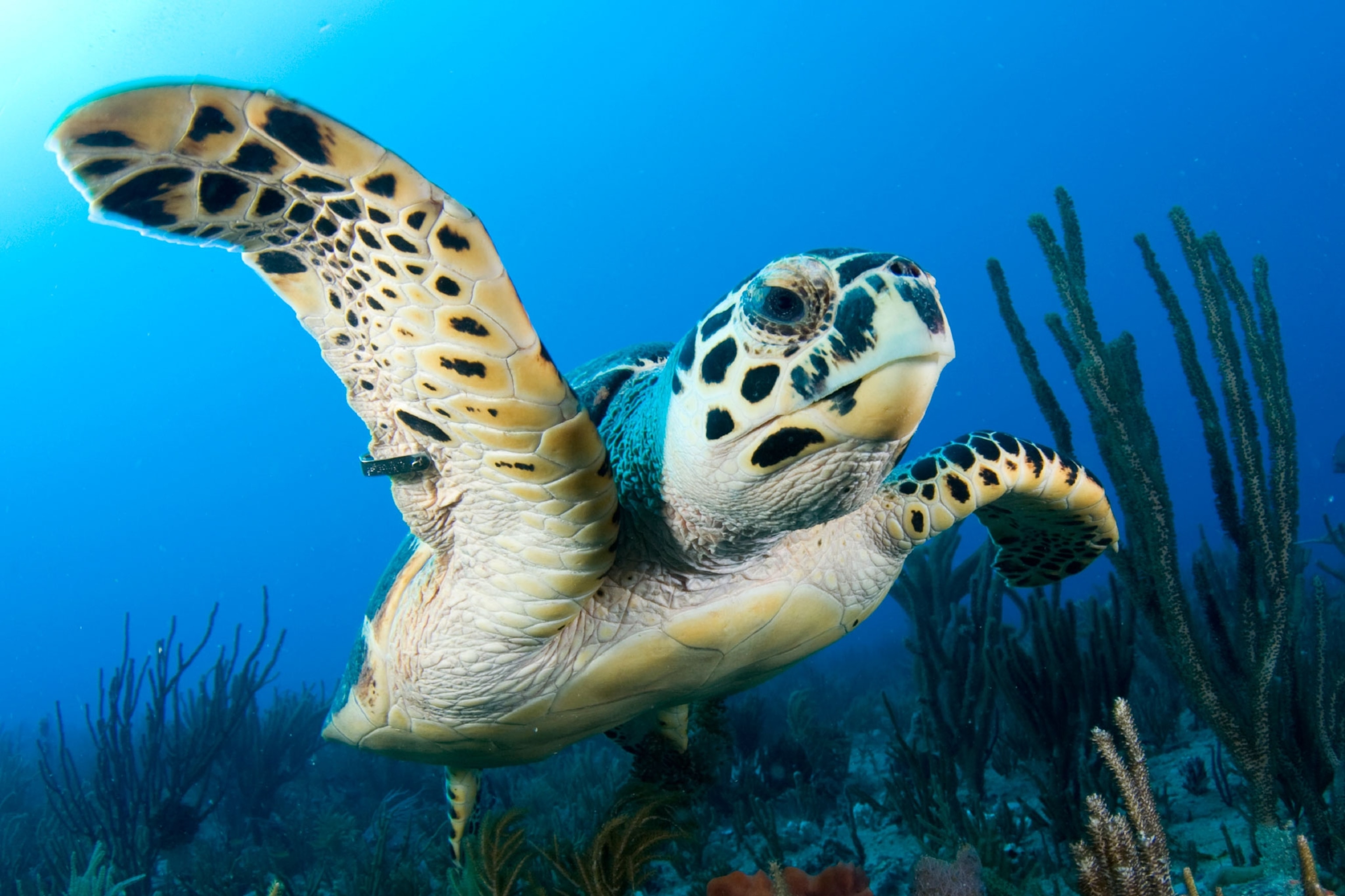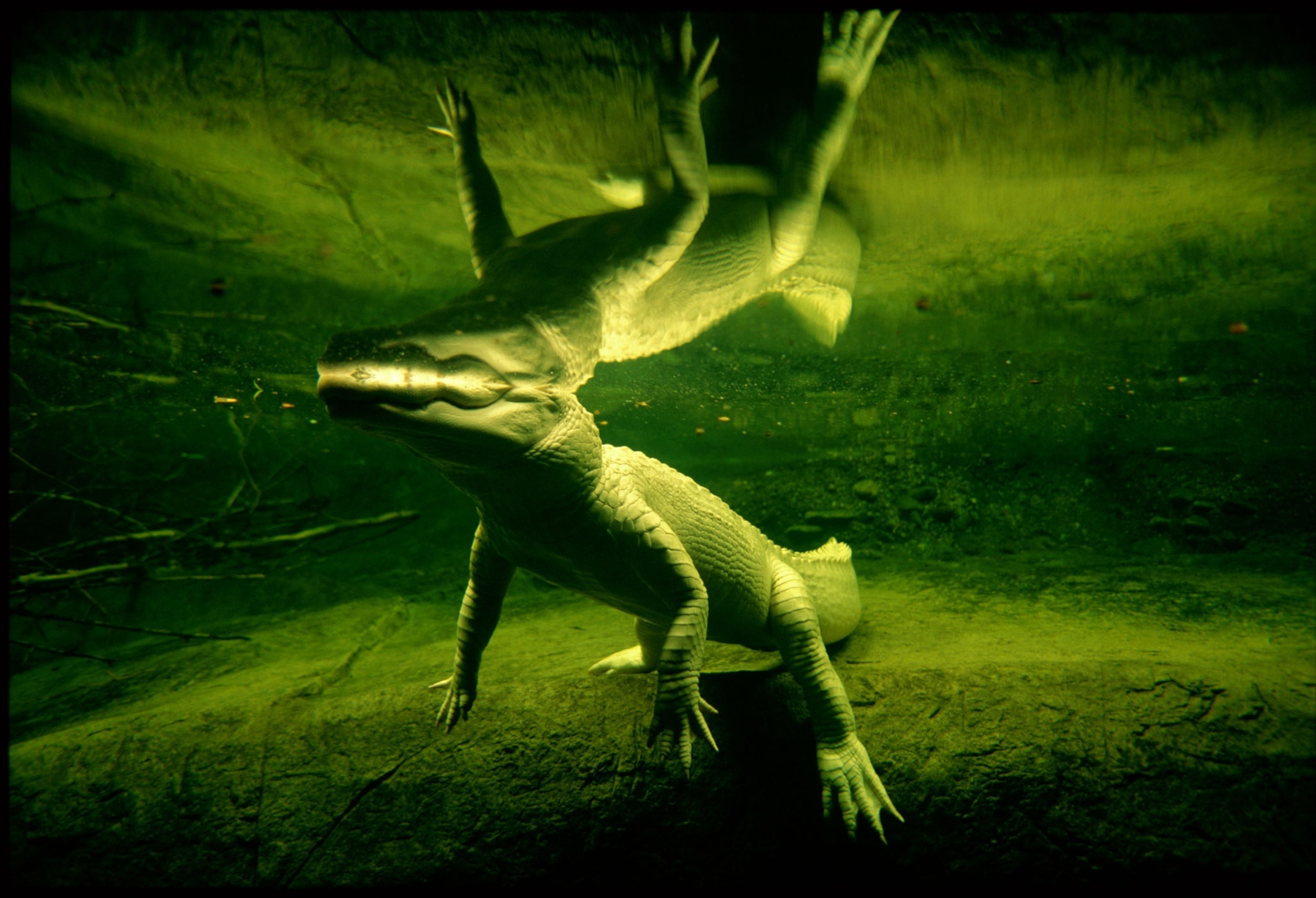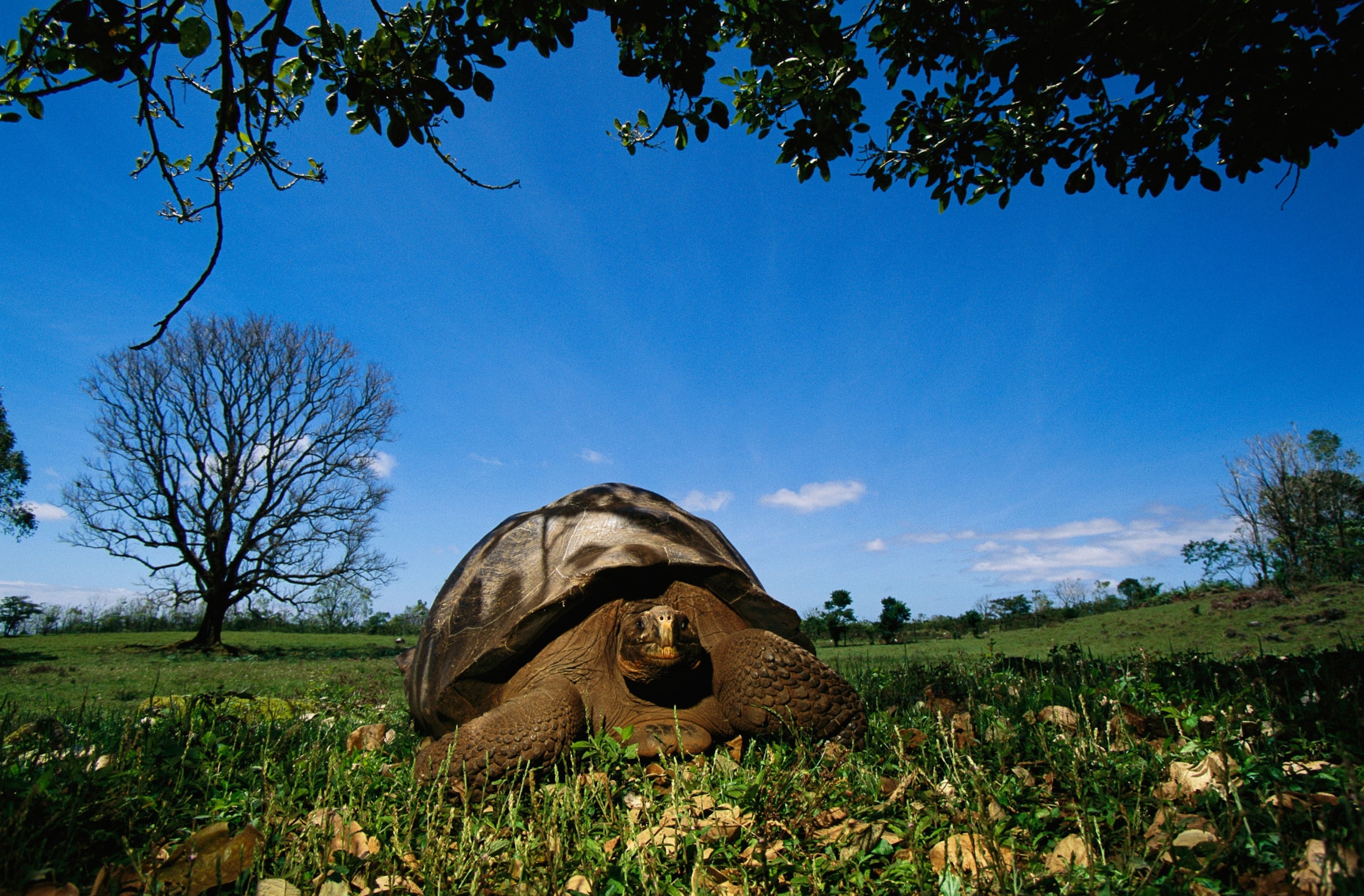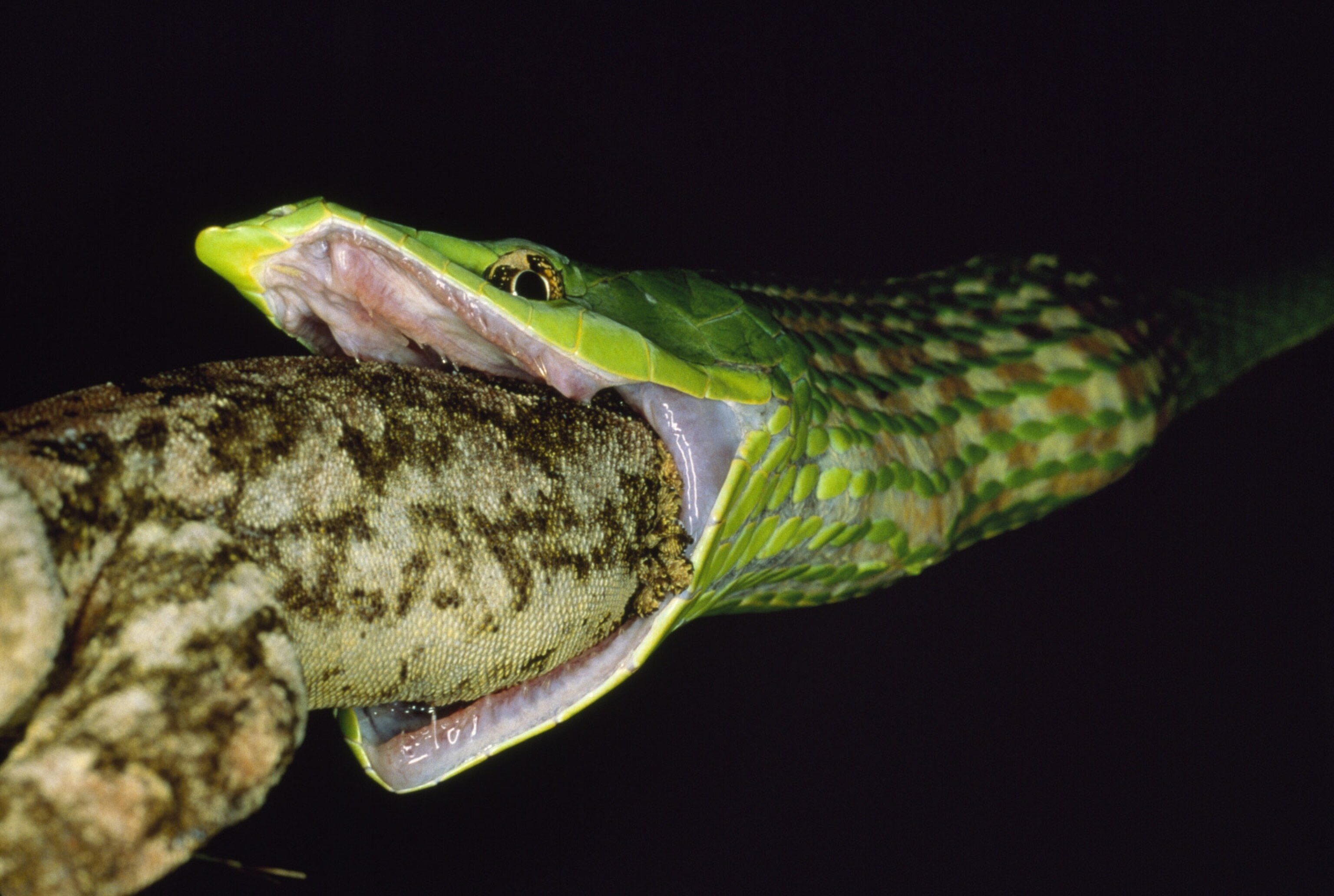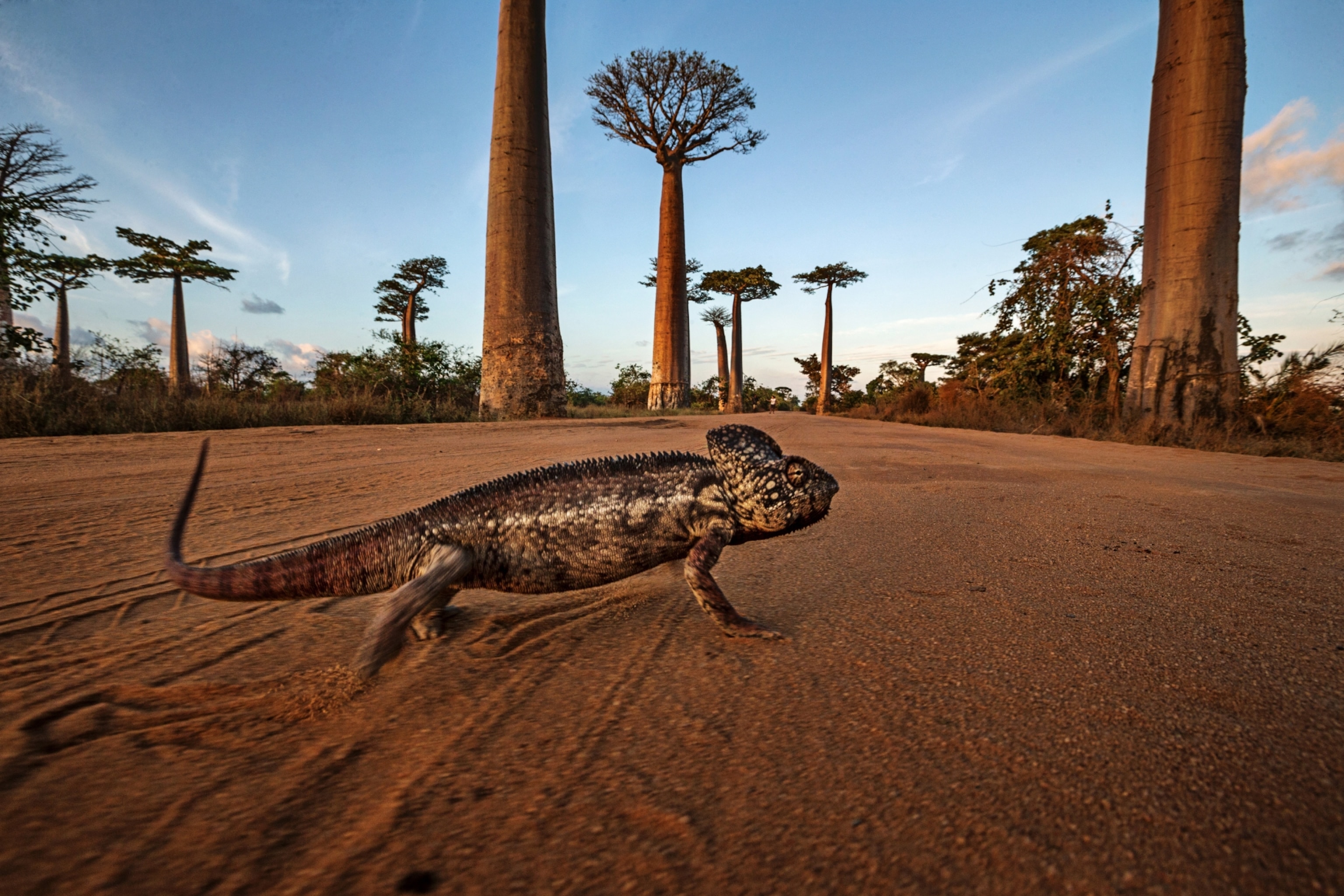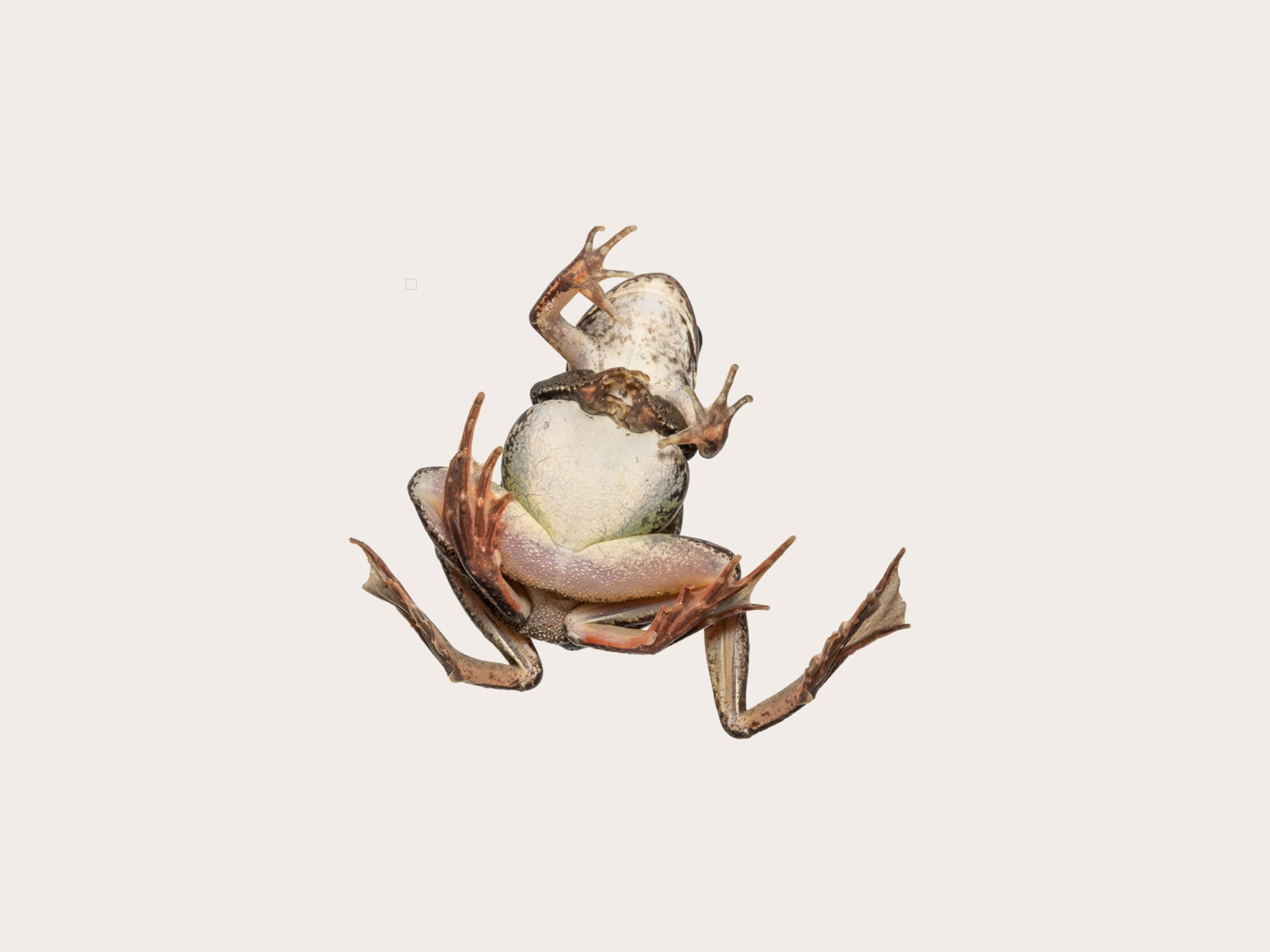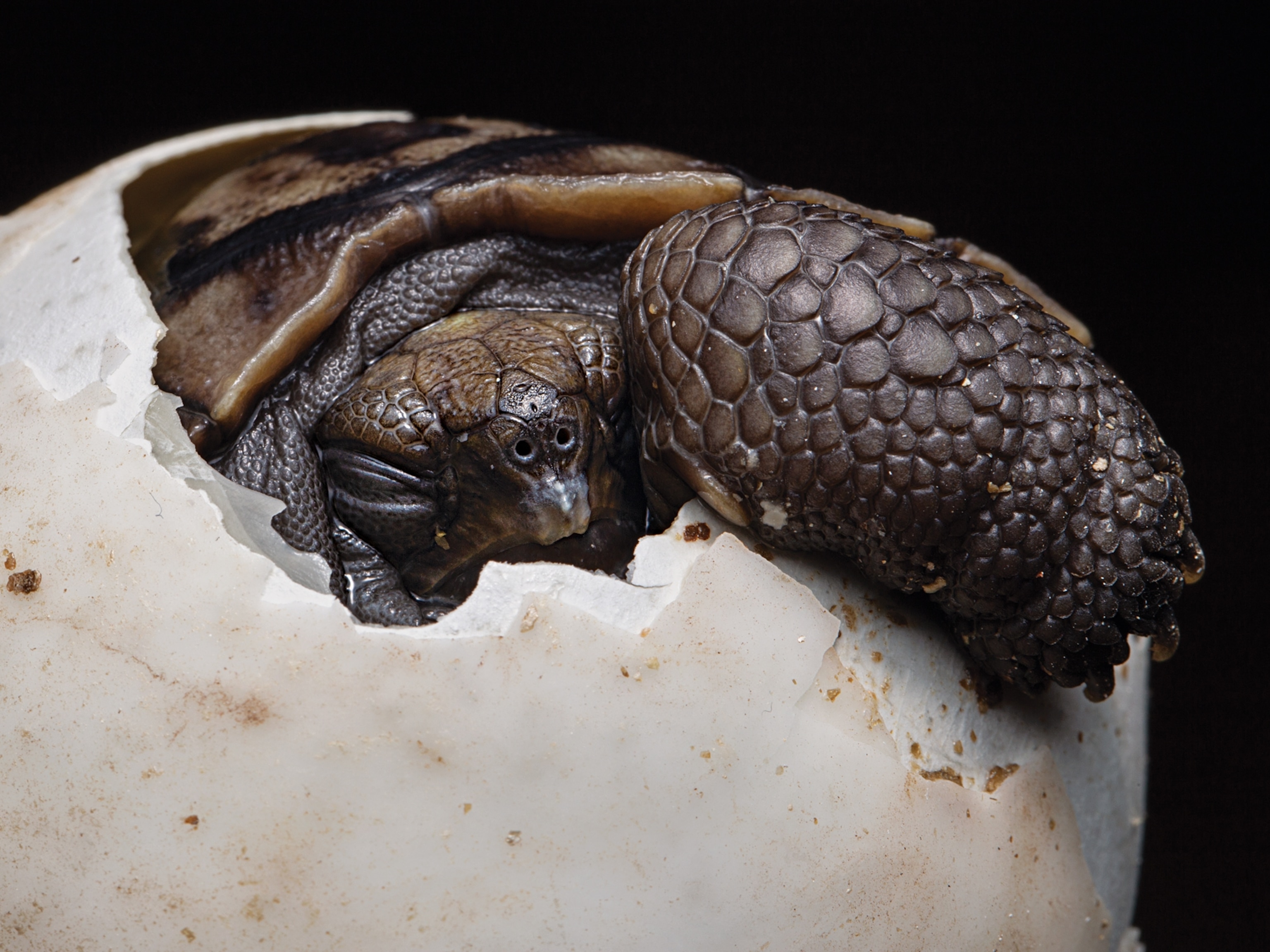
Largest freshwater turtle nears extinction—but this scientist isn't giving up
The death of the last known female Yangtze giant softshell turtle has pushed scientists to search for wild specimens in China and Vietnam.
After the last known female Yangtze giant softshell turtle died at China’s Suzhou Zoo, leaving one captive male and a few in the wild, the species is now closer to extinction than ever before.
But are conservationists giving up? Not today.
“We remain hopeful as we work to find another female,” says Aimin Wang, director of the China division of the Wildlife Conservation Society. Wang, also a National Geographic Society explorer, has traveled the rivers of China’s Yunnan Province in search of the world’s largest freshwater turtle, which has declined due to water pollution, habitat loss, and the illegal wildlife trade.
Though he has yet to spot any of the 200-pound, critically endangered reptiles, there may be a few more leads. Local fishermen have reported big turtles swimming in the Red River, says Wang—though he notes that was several years ago. (Read more about Wang’s work to save the Yangtze softshell, in his own words.)
People have also spotted two turtles in Vietnamese lakes, but no one knows whether the animals are male or female.
“If individuals of different sexes are confirmed, it is hoped that they will be brought together to propagate,” he says.
“This year was different”
Perhaps the most tragic part of the zoo female’s death is that after years of failed attempts to breed the animals in captivity, success seemed within reach. (What if there were no more turtles?)
She was probably over 100 years old—still of reproductive age for the long-lived species says Rick Hudson, president of the South Carolina-based Turtle Survival Alliance, which facilitated the animal’s acquisition by the Suzhou Zoo.
See amazing photos of reptiles
Initial couplings with a captive male turtle yielded no results, leading the team to examine the male, which was also a centenarian, and discover he had suffered a previous injury.
“His penis had been shredded,” says Hudson. “It was just like 75 percent gone.”
The team persisted, eventually learning how to artificially inseminate a species that no one had ever artificially inseminated before. Even still, after four to five attempts, no viable eggs emerged.
“But this year was different,” says Hudson. “We got the best semen sample we’ve ever gotten. We got the semen directed into the proper oviduct. And everything just went very smooth.”
“She just struggled to come out of anesthesia,” he says.
Now or never
Like Wang, Hudson says there’s still reason to believe that new specimens of Yangtze giant softshells can be found and bred. (Read about another species of softshell turtle that’s bouncing back in Cambodia.)
In 2012, a blurry photo taken in Vietnam suggested there might be a giant lurking in Xuan Khanh Lake. Another picture snapped in 2017 suggested the same. So scientists began sampling the lake’s water for traces of DNA that would prove at least one turtle was still present. And in 2018, they got a match, according to the news website Mongabay.
This summer, Hudson says scientists will try to catch the Xuan Khanh Lake turtle (or turtles) and fit it with a radio transmitter. The scientists will also draw blood to figure out if it is male or female. (Read more about efforts to protect the Yangtze.)
If that’s successful, the team will attempt the same procedure at Dong Mo Lake, also in Vietnam, where at least one turtle has been confirmed and another is rumored to exist.
“The problem with these lakes is they’re just intensely fished, so the risk of one of these animals being caught in a net or killed for food is very real,” says Hudson.
Case in point: A few years ago in China, the team had been trying to capture a specimen when they learned it had already been caught—and eaten.
That’s why the Yangtze softshell is a prime example of what happens when you wait too long to try to save a species.
“I just hope we never have to go through this again,” Hudson says. “It’s not a good feeling having your back to the wall.”

